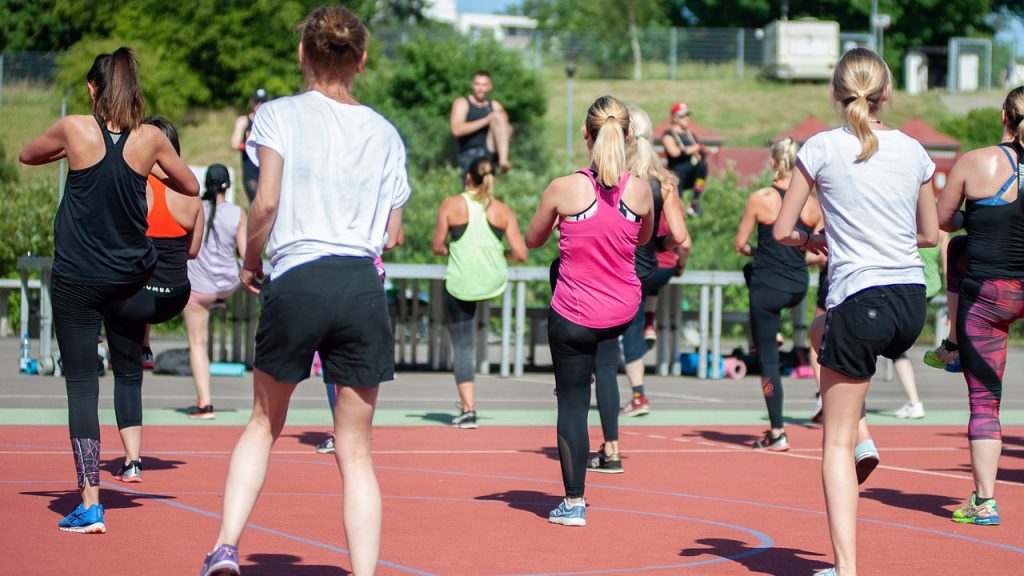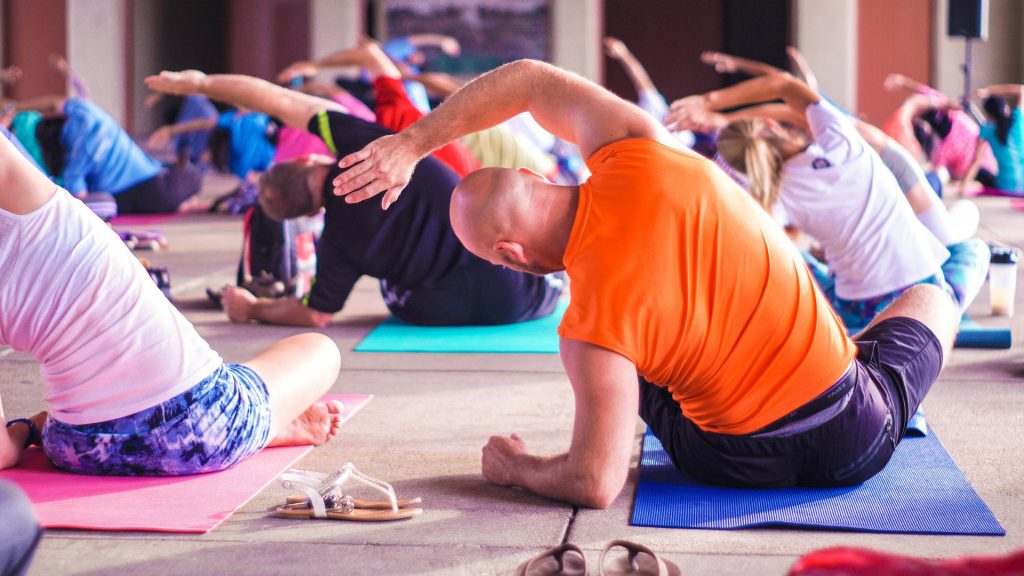Even a little is better than none
Exercise is a potent tool in maintaining a healthy body and we’ve known this for thousands of years. The Roman statesman Cicero extolled its benefits1 and the people of the Indian subcontinent have been practicing yoga for at least 5,000 years. The Greeks created the Olympics out of their respect for health and physical fitness. So it’s been known that exercise is important for a long time, but why is it important, and what is it?

First, science
To put it simply, exercise is any physical activity you do that is meant to improve your health or level of fitness. How exercise benefits you can be dependent on what type of exercise you do, but some benefits you receive no matter how you exercise.
Along with proper nutrition, all types of exercise can help you lose weight by forcing the body to make use of extra triglycerides and to burn excess fat stores. Exercise also helps reduce stress by lowering levels of the hormones adrenaline and cortisol and stimulating the production of endorphins.
Exercise also lowers your blood pressure and low-density lipoprotien (LDL) levels, and raises your high-density lipoprotien (HDL) levels and your insulin sensitivity (reducing your diabetes risk).
In general, there are four types of exercise: aerobic, anaerobic, stretching, and balance. Each type has its own benefits and to get the maximum return on your exercise investment, you need to incorporate all four into your life.
Aerobic exercise
Aerobic exercise is any exercise that relies on oxygen for fuel (making aerobic exercise particularly good for the respiratory system). Common aerobic exercises include running, swimming, cycling, and walking. Another common name for aerobic exercise is cardiovascular exercise (cardio) because of its benefits to the cardiovascular system.
Anaerobic exercise
Anaerobic exercise occurs when the intensity level of the exercise exceeds the ability of oxygen to meet its needs. When this happens your muscles use sugar as their primary energy source. In contrast to aerobic exercise — which builds endurance — anaerobic exercise develops short-term muscle strength. Common anaerobic exercises are strength and resistance training.

Stretching
Stretching is an important part of every exercise routine. When you stretch before aerobic or anaerobic exercise, it increases blood flow in your body, therefore allowing for greater oxygen consumption during a workout. Stretching also increases the range of motion of your muscles and joints which becomes especially important as you age.
Balance
Balance is often overlooked simply because of how intrinsic it is to your life. Like flexibility, it becomes even more important as you age because you lose some of your ability to balance as you get older, increasing your risk of injury. Worst of all, poor balance can lead to a reduction in physical activity.
How much exercise do you need?
The U.S. Department of Health and Human Services recommends between 150 and 300 (more is better) minutes per week of “moderate-intensity” aerobic exercise for adults, as well as strength training at least 2 days per week. You can also cut that aerobic time in half if you opt for “vigorous-intensity” exercise.
So what is moderate- or vigorous-intensity? Dancing, brisk walking, or playing in the pool all count as a moderate-intensity aerobic activity. A vigorous-intensity activity would be something like running, swimming laps, or jumping rope. If you can have a conversation, it’s a moderate-intensity exercise. If not, it’s vigorous-intensity.
These recommendations are echoed by nearly every health organization around the world, including the World Health Organization. In the coming weeks, we’ll dive deeper into all of this.
- There are three prominent quotes about exercise attributed to Cicero:
“It is exercise alone that supports the spirits, and keeps the mind in vigor.”
“Exercise and temperance can preserve something of our early strength even in old age.”
“Our minds are rendered buoyant by exercise.” ↩︎



Pingback: How to handle hypertension - Collateral Salvage
Pingback: Exercise: Energy Is the Fire That Fuels Your Furnace - Collateral Salvage